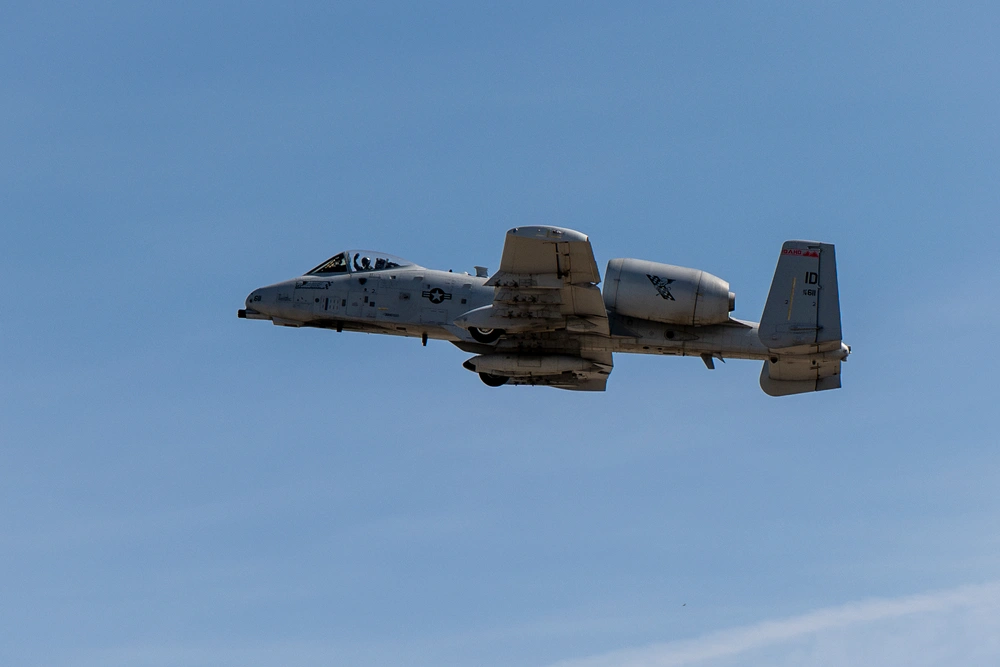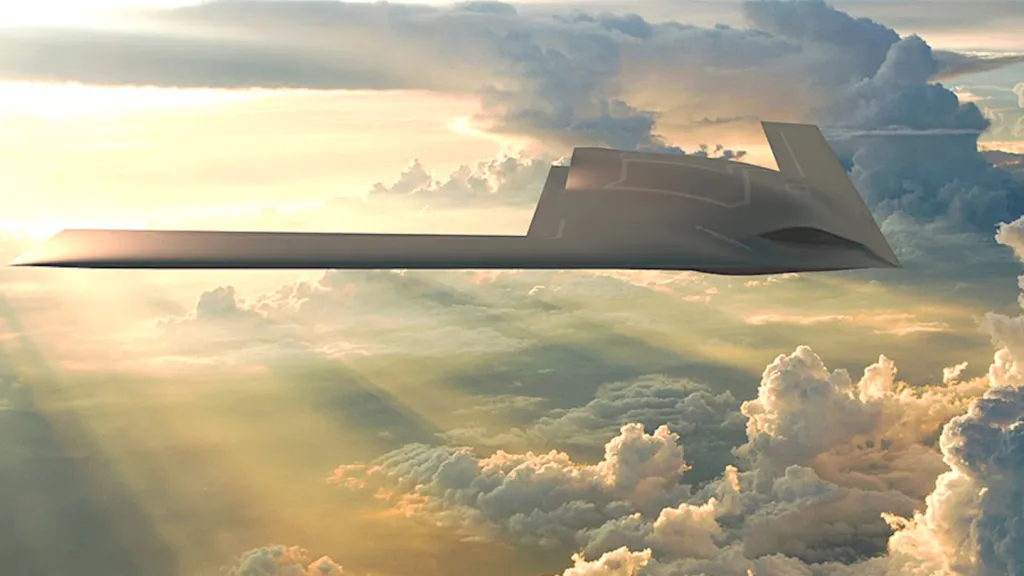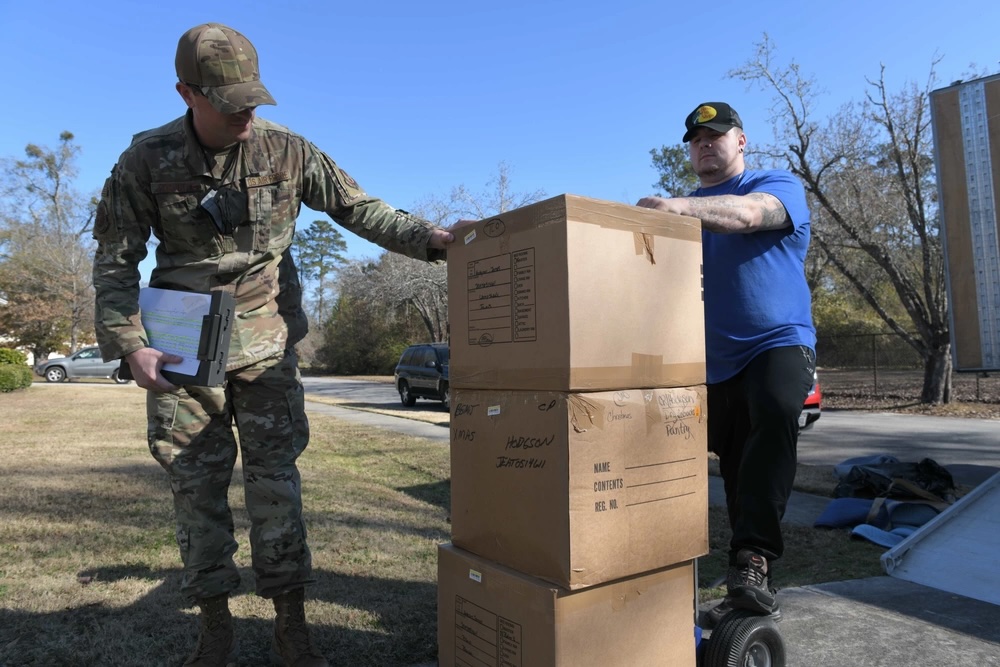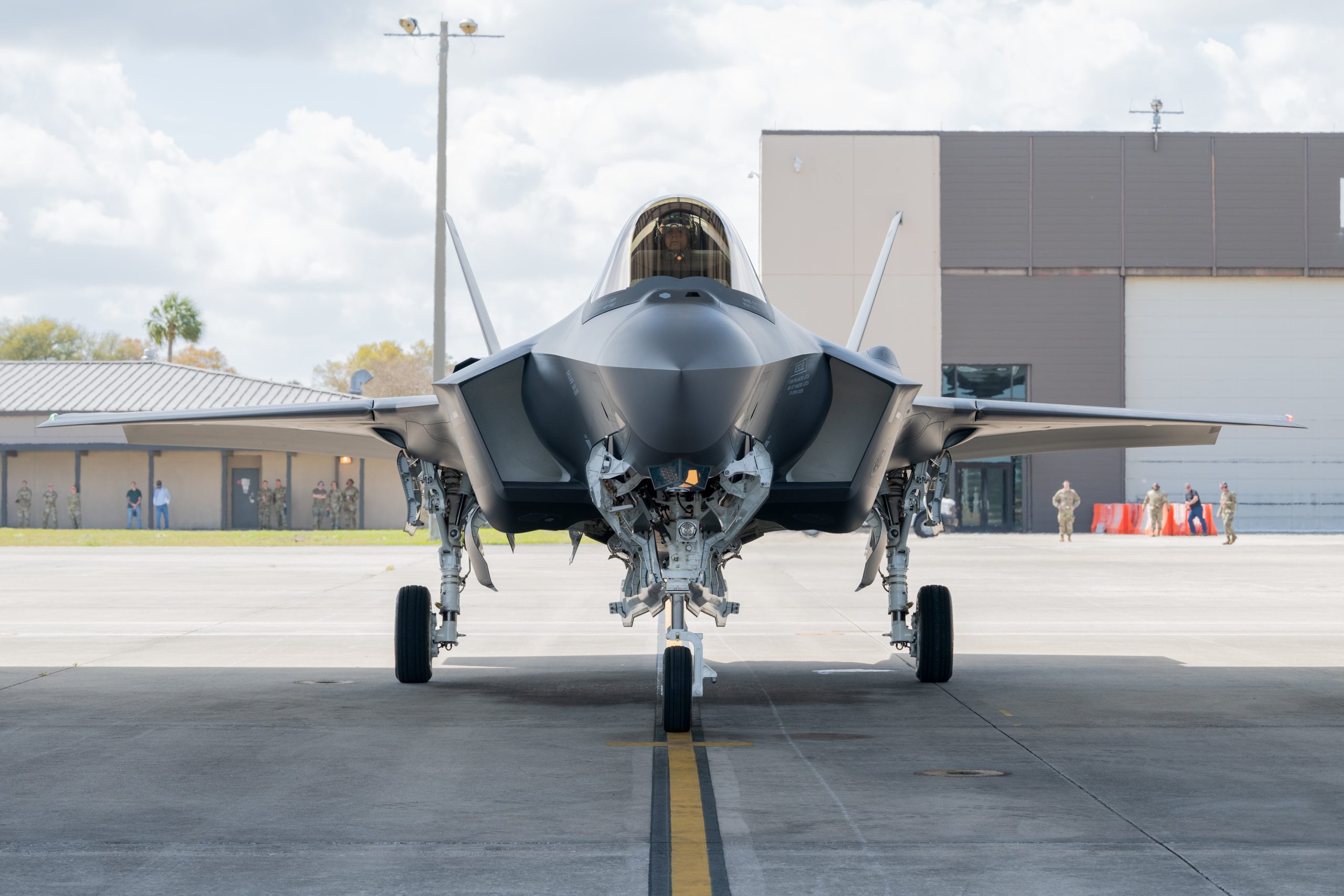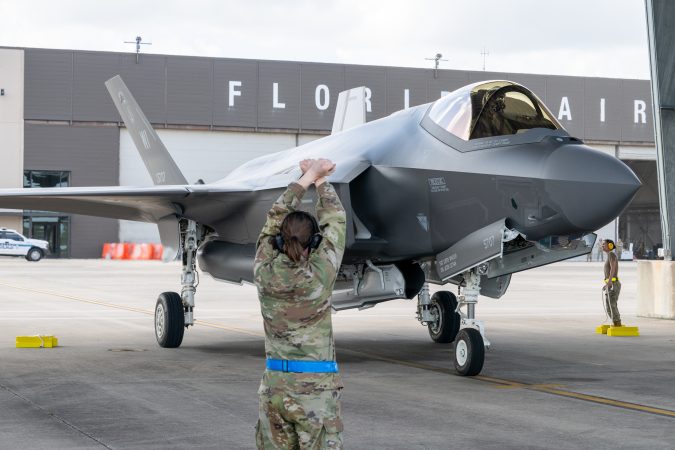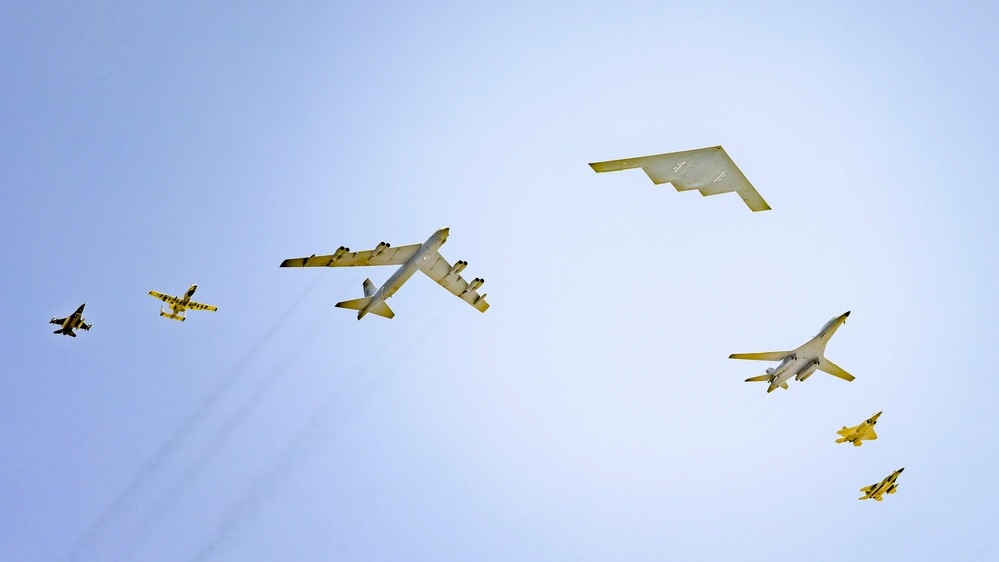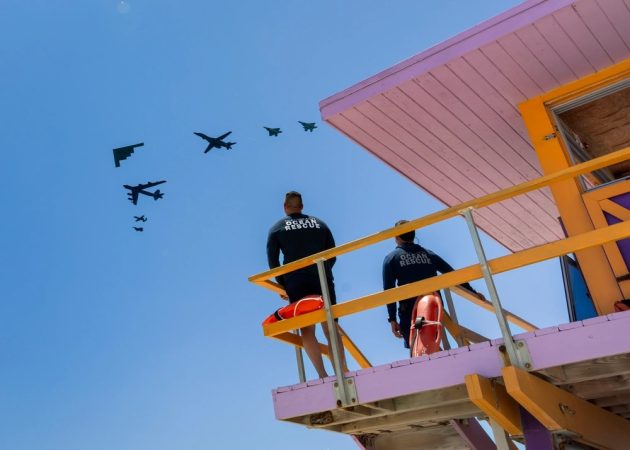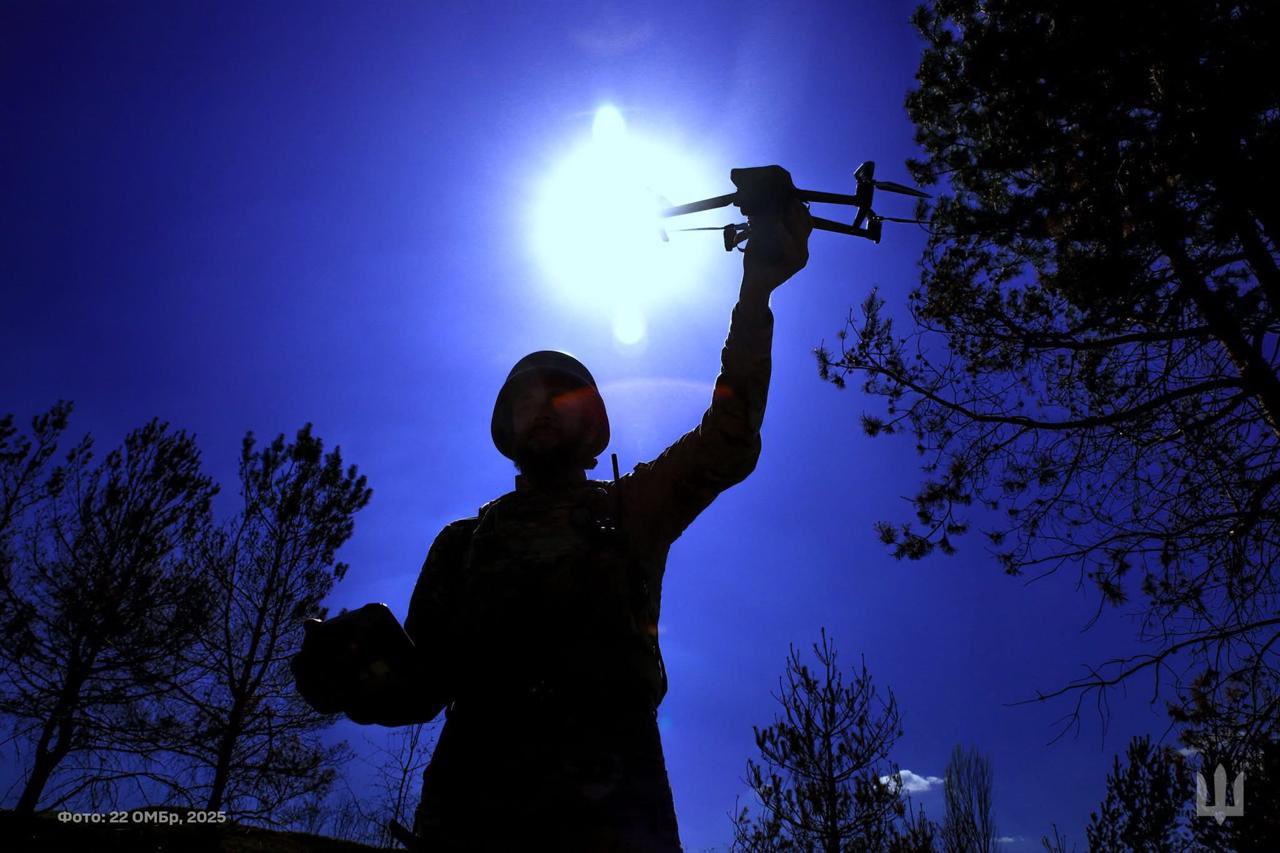The first A-10 Thunderbolt II has left the Idaho Air National Guard as part of the Air Force’s service-wide effort to divest its close air support aircraft.
The jet departed Gowen Field on May 27 for the boneyard at Davis-Monthan Air Force Base, Ariz., marking the end of its 30-year history with the 124th Fighter Wing.
“This aircraft has shaped not only how we fight, but who we are as a wing,” Col. Ryan Richardson, wing commander and a Warthog pilot, said in a release. “It’s helped forge a culture of toughness, precision, and purpose.”
The 124th is poised to swap out its A-10s for F-16s, with the first jets expected to arrive in spring 2027 pending the green light from an ongoing environmental review.

The wing is expected to retrain its pilots rather than bring in new personnel as it transitions to the Fighting Falcons. Air National Guard units typically retain their aircrews during aircraft conversions to allow units to preserve the deep community ties of their pilots, maintainers, and logistics personnel. While preparations for the F-16 transition are presumed to be underway, the wing did not immediately respond to requests for comment on the retraining status. The release said that the mission for Airmen of the wing will “remain the same: projecting global airpower and adding to our storied history.”
Lt. Col. Scott Walker, commander of the 124th Maintenance Squadron, credited the team with keeping the attack aircraft fleet mission-ready for the past three decades through crewing, maintaining avionics, and loading munitions for training and combat to ensure the planes remain in top shape for the 190th Fighter Squadron.
“We are saddened that the day finally arrived, but are still excited for our present and future mission,” Walker added. “But our day-to-day nucleus is continuing to fly the aircraft we have and prepare for whatever is asked by our nation and state.”
Since receiving its first Warthog in 1996, the 124th Fighter Wing has been frequently involved in combat operations, especially in the Middle East. Its most notable deployments include 2016’s Operation Inherent Resolve, the campaign against the Islamic State group in Iraq and Syria, and 2020’s Operation Freedom’s Sentinel, the U.S. mission in Afghanistan.
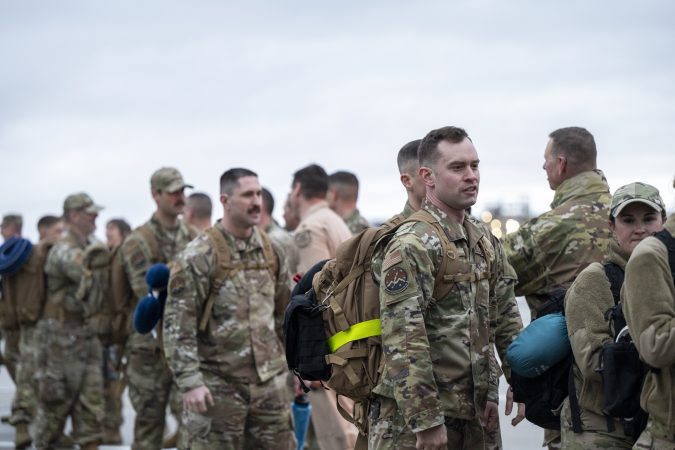
In late March, the wing’s A-10s took on their final mission when multiple aircraft and over 300 Airmen deployed to U.S. Central Command, which encompasses U.S. forces in the Middle East and southwest Asia. The squadron is expected to remain in the region for about six months.
The deployment came just two days after the Air Force confirmed the arrival of several B-2 stealth bombers on Diego Garcia, a strategic island within striking distance of Yemen in the Indian Ocean. As part of the buildup targeting the Houthis, the Pentagon has sent multiple air assets along with additional carrier strike group to the Middle East region this year.
Known as a “tank killer,” the A-10 excels in close air support with low-level maneuverability, extended loiter time, and a 30mm GAU-8 Avenger cannon designed to destroy heavily armored ground targets. It can carry up to 16,000 pounds of mixed ordnance to provide effective fire support for ground troops.
The Air Force plans to ditch a total of 56 A-10s service-wide in fiscal 2025. As missions shift, the Indiana Air National Guard’s 122nd Fighter Wing is also transitioning to F-16s. Moody Air Force Base in Georgia is set to replace its Warthogs with F-35 stealth fighters. Other units, such as the Maryland Air National Guard’s 175th Wing and the Ohio Air National Guard’s 179th Airlift Wing, are ending their flying missions and transitioning to cyber operations.
